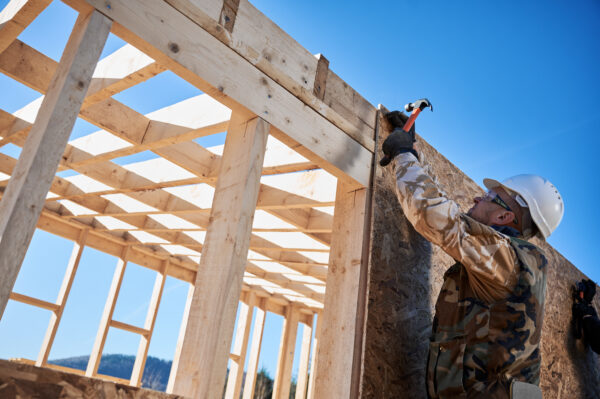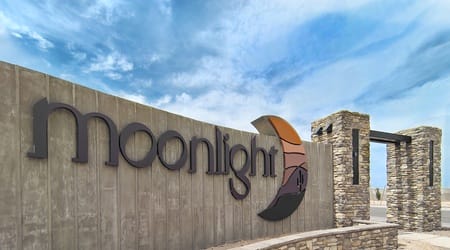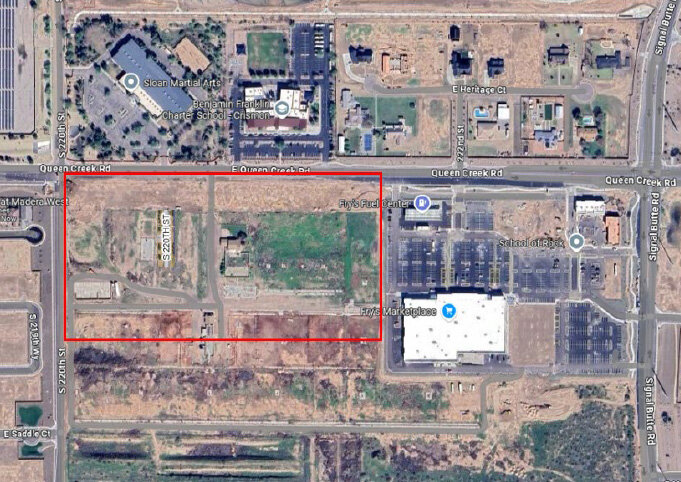The Monday Morning Quarterback
A quick analysis of important economic data released over the last week
By Elliot D. Pollack & Co
The U.S. economy is continuing to trend toward full economic recovery, and everyone should remain optimistic despite headwinds in the global supply chain. If you have tried to buy almost anything, especially in the durable goods category (think cars, appliances, furniture, etc.) then you’ve probably become familiar with backorders, pre-orders, uncertain delivery timeframes, delays, and more delays. Every aspect of the global supply chain appears to be causing some of the problem, from the cost and availability of raw and finished materials, to labor shortages, to transportation hiccups. But as long as demand remains strong, these issues will eventually be resolved.
In terms of employment, the U.S. and Arizona continue to make progress and are recovering lost jobs. Through April, Arizona has recovered 71.4% of lost jobs (Greater Phoenix 73.6%, Greater Tucson 56.1% and the balance of the state at 74.5%). By comparison, the U.S. as a whole has recovered 63.3% of lost jobs.
And while employment and production have not recovered to pre-pandemic levels, leading indicators have now fully recovered and point to real GDP increasing by over 8% (annualized) in the 2nd quarter and year-over-year growth of 6.4% is expected in 2021. The future is bright and there is still a lot of runway for improvement.
U.S. Snapshot:
- Leading indicators increased 1.6% in April following a 1.3% increase in March. With April’s increase, the Leading Economic Index has now recovered to its pre-pandemic level.
- Existing home sales declined for the third consecutive month, based on the National Association of Realtors’ April data. The lack of supply continues to fall short compared to demand, causing the seasonally adjusted annualized rate to drop 2.7%, from 6.0 million sales in March to 5.85 million sales in April.
- Building permits outpaced housing starts in April. Total permits were at a seasonally adjusted annualized rate of 1.76 million and single-family permits totaled 1.15 million (SAAR). Total housing starts and completions were down for the month.
- Builders’ confidence held at 83 in May. The low levels of resale inventory, low mortgage rates and the demographics have outweighed the rising cost of building materials and the upward pressure on affordability.
Arizona Snapshot:
- Arizona and Greater Phoenix employment grew, but Greater Tucson had a slight decline in April. Arizona had an increase of 9,400 jobs, with Leisure & Hospitality having the largest contribution of 8,300 new jobs. Greater Phoenix contributed 7,500 jobs to the State’s total gain, with Leisure & Hospitality (4,300), Professional & Business Services (1,800) and Education & Hospitality (1,600) creating the largest contributions. Unfortunately, Greater Tucson lost a net total of 100 jobs during the month with a loss of 1,000 jobs in Trade, Transportation, and Utilities outweighing the gains in other super sectors.
- Overall, as mentioned above, the state and its metro areas continue to make progress and are recovering lost jobs. Through April, Arizona has recovered 71.4% of lost jobs, Greater Phoenix has recovered 73.6%, Greater Tucson has recovered 56.1% and the balance of the state has recovered 74.5% of lost jobs. For comparison, the U.S. has recovered 63.3% of lost jobs.
- The housing market did not skip a beat in Arizona’s biggest metro areas, according to RL Brown.
- · Permits in Greater Phoenix were above 3,000 for the second month in a row, bringing the year-to-date total to almost 12,000 permits. The median sales price for both resales and new homes increased to $365,000 and $370,878 respectively, narrowing the gap between resale and new home prices to just $5,878.
- · The number of permits in Greater Tucson are up 57.2% for the first four months of the year. The median sales price for resales and new homes reached $274,250 and $330,000, respectively.










